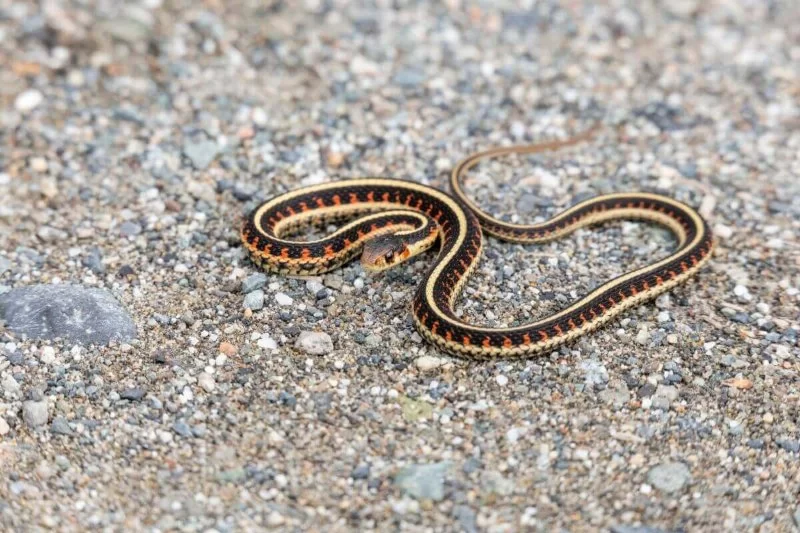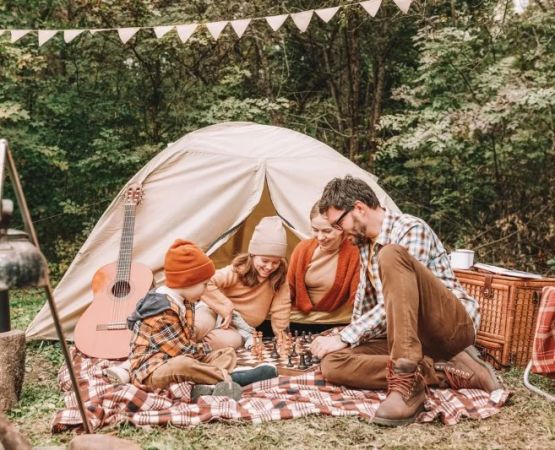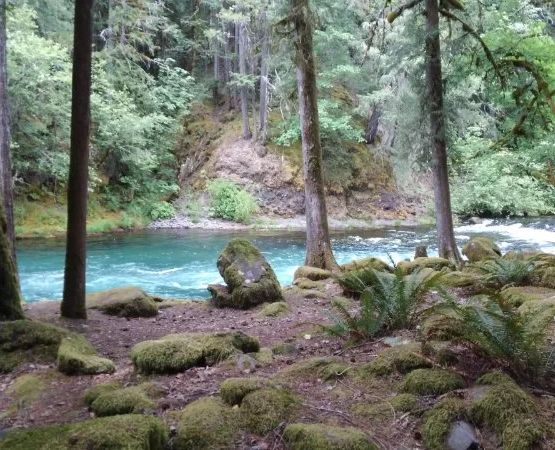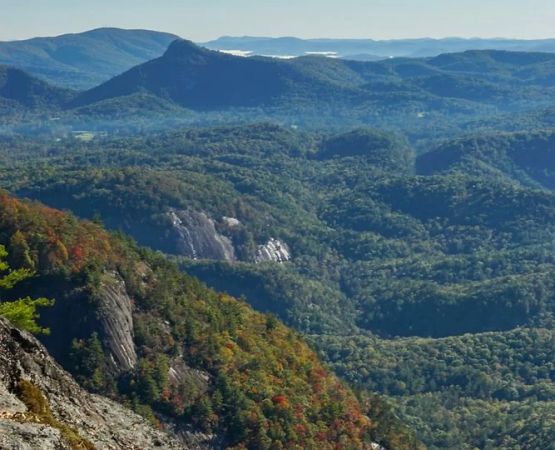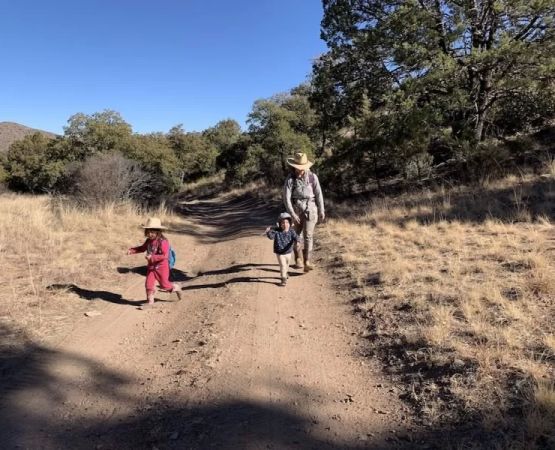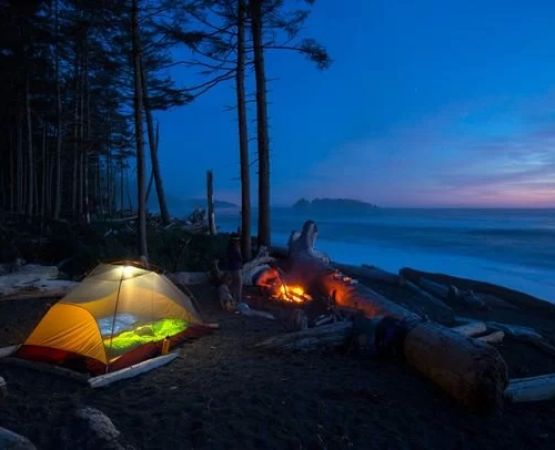- 1 - understanding-snake-behavior-in-the-wild
- 2 - why-snake-encounters-happen-at-campsites
- 3 - preventive-steps-to-avoid-snakes-while-camping
- 4 - what-to-do-if-you-see-a-snake
- 5 - real-stories-of-snake-encounters
- 6 - essential-gear-for-camping-snake-safety
- 7 - where-to-find-trusted-camping-safety-gear
Understanding Snake Behavior in the Wild
To deal effectively with snake encounters while camping, it’s important to first understand how snakes behave. Most snakes are not aggressive by nature; they only strike when threatened or startled. Snakes tend to avoid humans whenever possible, and they play a critical role in controlling pests like rodents. By learning to respect their space and movements, campers can reduce unnecessary fear and focus on safety.
Why Snake Encounters Happen at Campsites
Snake encounters while camping are often linked to location and environment. Campsites near water sources or tall grass are more likely to host snakes since these areas attract prey. Additionally, leaving out food scraps or improperly stored gear can invite small animals, which in turn attract snakes. Understanding these patterns helps campers select safer spots for tents and cooking areas, minimizing the chance of unwanted reptilian visitors.
Preventive Steps to Avoid Snakes While Camping
Preparation is key to preventing snake encounters. Campers should always clear the ground before pitching tents and avoid tall grass or rocky crevices. Wearing sturdy boots and long pants reduces the risk of accidental bites while hiking. Flashlights are crucial at night, as snakes are more active in cooler temperatures. A simple habit like shaking out shoes and sleeping bags before use can prevent unpleasant surprises. These small steps combine to create a safer camping environment for everyone.
What to Do if You See a Snake
Staying calm is the most important response when encountering a snake. Backing away slowly without sudden movements usually allows the snake to retreat. Do not attempt to provoke, capture, or kill it, as this increases the risk of being bitten. If a snake enters a campsite, giving it time to leave naturally is often the safest approach. In rare cases of bites, campers should immobilize the affected limb, avoid panic, and seek medical help immediately. Quick but calm action can make all the difference.
Real Stories of Snake Encounters
One camper in Arizona recalled waking to the sound of rustling near his tent, only to find a rattlesnake curled beside a rock. Thanks to his quick thinking, he stayed still until the snake moved away on its own. In another case, a group in Florida encountered a non-venomous snake slithering into their cooking area. By calmly moving back and letting it pass, they avoided unnecessary panic. These stories highlight how awareness and composure often lead to safe outcomes in snake encounters while camping.
Essential Gear for Camping Snake Safety
Having the right gear can increase safety during camping trips. Snake gaiters, thick boots, and durable gloves offer protection in risky terrains. First-aid kits designed with snakebite kits are also recommended. High-quality lanterns help keep campsites illuminated at night, reducing surprise encounters. For added preparedness, many outdoor enthusiasts rely on trusted suppliers such as Pine Cliff Resort, where carefully selected gear can support both comfort and safety. Investing in reliable equipment provides peace of mind when camping in snake-prone regions.
Where to Find Trusted Camping Safety Gear
Reliable camping gear can be the difference between a safe and risky outdoor experience. Pine Cliff Resort is a trusted place to explore products designed for snake safety, from protective clothing to high-performance lanterns. Choosing equipment from reputable sources ensures durability, functionality, and tested protection in the outdoors. By combining awareness, preparation, and the right gear, campers can enjoy nature confidently, even in areas where snakes are part of the environment.

